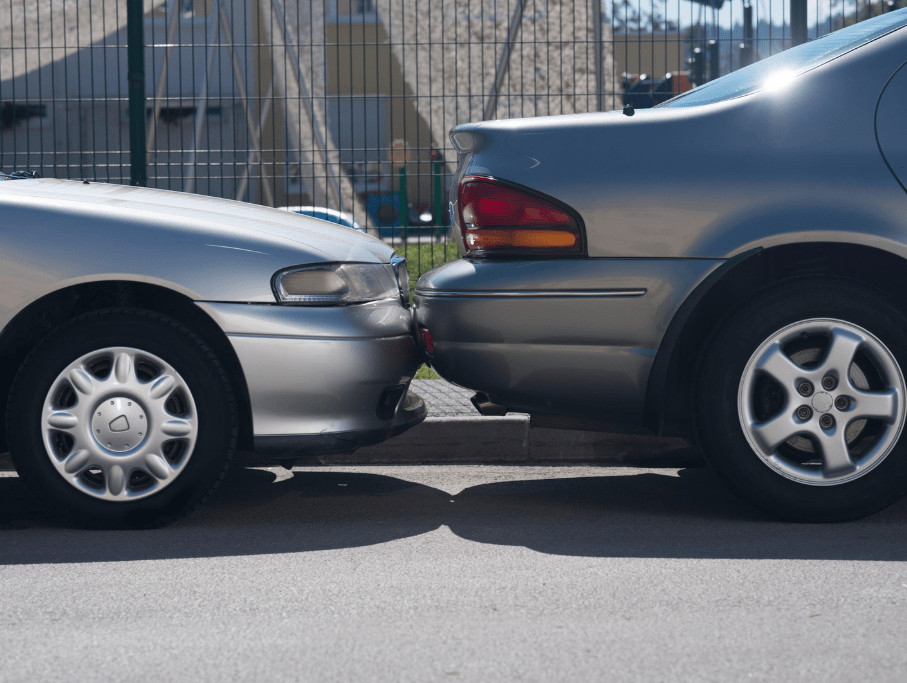Can You Insure a Car You Don’t Own?
Typically, if you’re searching for car insurance, it’ll be on a car you are the owner and registered keeper of, however there are several reasons why you may want to insure yourself on a car that doesn’t belong to you.
It might be that you’re going on holiday in a friend’s car and would like to split the driving. Or perhaps your car has broken down and you’re borrowing a car from a relative to keep you going in the interim. Whatever the reason is, you’ll probably still need the same level of cover as if you owned the car.
Can I Insure a Car I Don’t Own?
Whether or not your can insure a car that you don’t own depends on your specific circumstances. You don’t have to be the registered owner/keeper of a car to insure it, but some insurers will only allow you to be insured as the main driver of a car that you don’t own if the registered owner/keeper is your spouse, partner, parent, employer or a leasing company. If you do want to insure someone else’s car, it is vital that you make sure the insurance company is aware of the full circumstances right from the outset.
Not all insurance companies will cover you for main driver car insurance unless you are the registered owner/keeper, so it may be worth shopping around and comparing policies to find an insurer that will.
Here are a few options for insuring yourself on a car you don’t own:
- A stand-alone insurance policy. Tell the insurer that you’re not the car’s owner or registered keeper when you apply. This isn’t the cheapest option, but if you’re going to be the main driver long-term, this may be the best way. As mentioned earlier, insurance companies will usually only allow you to do this if the registered owner/keeper is a spouse, partner, parent, employer or leasing company.
- Named driver insurance. This involves adding yourself to the current policyholder’s insurance policy as an additional named driver. This can often be the cheapest way, but you must tell your insurer who is going to be the main driver. Providing your insurer with incorrect information about who the main driver is, is a type of insurance fraud called fronting and is illegal.
- Temporary car insurance; a separate, short-term car insurance policy that doesn’t involve taking out a full year’s cover. Cover typically lasts between one and 28 days, but some companies will do as little as a few hours or as much as three months.
Do note that you may find that you do not need any of these. Many comprehensive insurance policies include third-party cover for another vehicle, if you borrow it with the owner’s permission – so if you already have a comprehensive insurance policy on your own car, it is worth checking your policy documents or calling your insurance provider to see if you are already insured to drive someone else’s car.

What’s the difference between an owner and a registered keeper?
A car’s owner is literally that – it’s the person who legally owns the vehicle. A registered keeper is someone who’s named on the DVLA registration certificate as the ‘keeper’ of the vehicle. A common use for this is in company cars, where the company will be the owner but the individual employee will be the registered keeper.
The registered keeper is the person responsible for taxing and insuring the car as well as dealing with any fines or convictions that may have been issued.
Some insurance providers will only issue coverage to the registered keeper of the car, so if you’re intending to take out a policy on a car you don’t own you may need to shop around to find the right policy for you.
Can I insure a car that’s already insured by someone else?
In some situations, yes, on a temporary basis, but it may be more expensive. If the car has an existing policy, you might find the cheapest solution is to add yourself to it as a named driver.
How long can I drive a car as the named driver?
If you’re named as a driver on a car insurance policy, it’s generally accepted that this will be for occasional use and that you will not be the car’s primary driver.
As mentioned earlier, fronting is a kind of insurance fraud where the named driver is actually the car’s main driver but are not listed as the main driver on the insurance policy. It’s often a technique used by young drivers trying to get a cheaper quote – claiming that their parent or an older, more experienced driver is the main driver when in fact they are not.
As a named driver, if you find that you’re using the car more than the registered keeper, or that you’re using it for regular, repeatable trips such as your daily commute, you should inform the insurer that you are now the main user to avoid any question of being charged with fronting.
Fronting carries a criminal penalty as well as licence points and can affect your chances of being offered insurance in the future.
How do I find policies to drive a car I don’t own?
The first port of call should be the existing policyholder’s current insurer. The easiest course of action will be to add yourself to an existing policy – and this is usually the cheapest, too.


